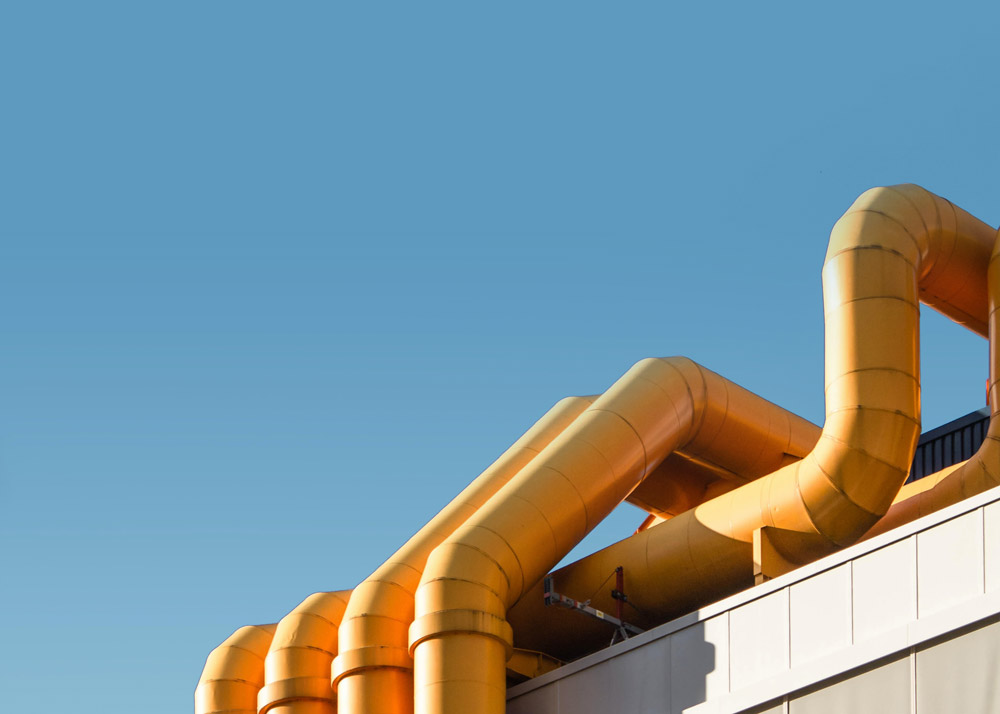
Eco-efficient industrial furnaces recover and store waste heat
Energy-intensive industries consume vast amounts of energy to power chemical, physical or mechanical processes. Massive amounts of all the energy used are squandered into the environment as waste heat – only a relatively small fraction of it is actually used for direct heating purposes or electricity generation. If the energy is there, then why not use it to further increase the efficiency of industrial processes?
How heat recovery could help save 300 TWh per year
Nowhere could waste heat recovery be more relevant than in the fossil fuel-fired heating and melting furnaces used in industries, particularly in applications involving metallurgy, glass and ceramics. The largest amounts of heat loss are from the furnace exhaust – temperatures can even reach 1 600 °C. Although this is the most practical heat to recover and reuse, energy-intensive industries barely use this high-temperature heat to their benefit mainly due to technological or economic barriers. “Industrial plants in Europe could save around 300 TWh of waste heat per year,” notes Patricia Royo, project manager at CIRCE Foundation. This translates to more than 250 million tonnes of CO2 emission savings every year. Together with project partners from Germany, Spain, France, Italy, Poland, Slovenia, United Kingdom and Turkey, the Spain-based technology centre led the EU-funded VULKANO project. Most of the promising work focused on thermal energy storage technology based on phase change materials that can recover and store high-temperature heat from sources above 1 000 °C. Their retrofitting thermal energy storage solution could help energy-intensive European industries increase the energy efficiency of their heating and melting furnaces by 10 %.
It is all in the phase
“The integration of thermal energy storage with phase change materials allows recovery and storage of waste heat from combustion gases or other surplus heat sources to preheat the air entering the furnace,” explains Royo. When a phase change material melts or solidifies, a great amount of energy is absorbed or released. This latent heat can be used when needed. “Compared to systems that rely on sensible heat, phase change materials have a high energy storage density, which makes them a more compact design option. Furthermore, they help maintain a nearly isothermal storage and increase the system flexibility. The heat storage could serve many purposes, such as preheating the combustion air going to the furnace inlet or increasing the load temperature. Project partners tested their technology in a steel plant in Slovenia and reported exciting results. The system alone can save 351 MWh of thermal energy per year. Reusing the recovered thermal energy resulted in an increase in the combustion air of 200-300 °C in the project demos. Phase change materials could lead to an increase of the furnace energy efficiency by 5-12 % during the discharge phase. Waste heat storage and recovery technology was only a part of VULKANO’s advanced retrofitting integrated solution for eco-efficient and competitive furnaces. Other innovations include refractory materials, co-firing burners, monitoring and control systems and a holistic in-house predictive tool. “VULKANO’s integrated retrofitting solutions offer a way to upgrade existing industrial furnaces,” concludes Royo. “Annual energy savings could amount to EUR 100 000.”

